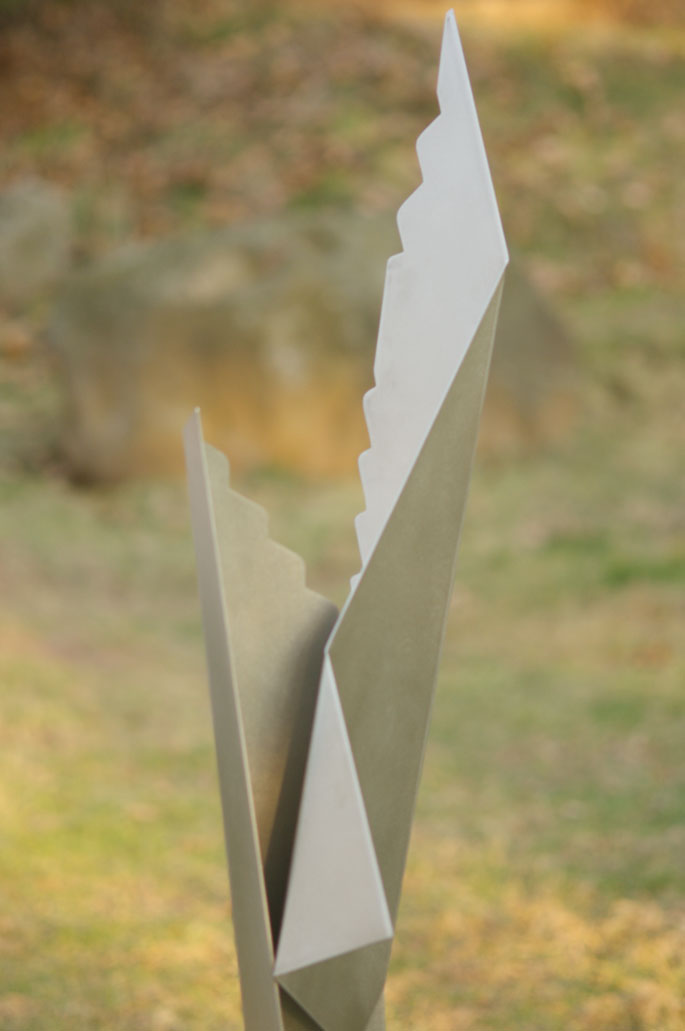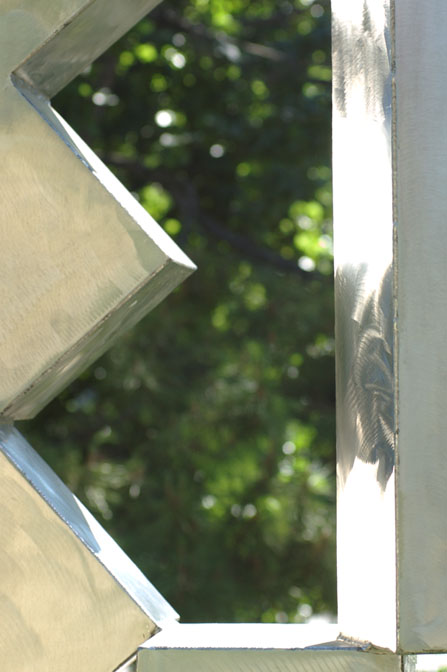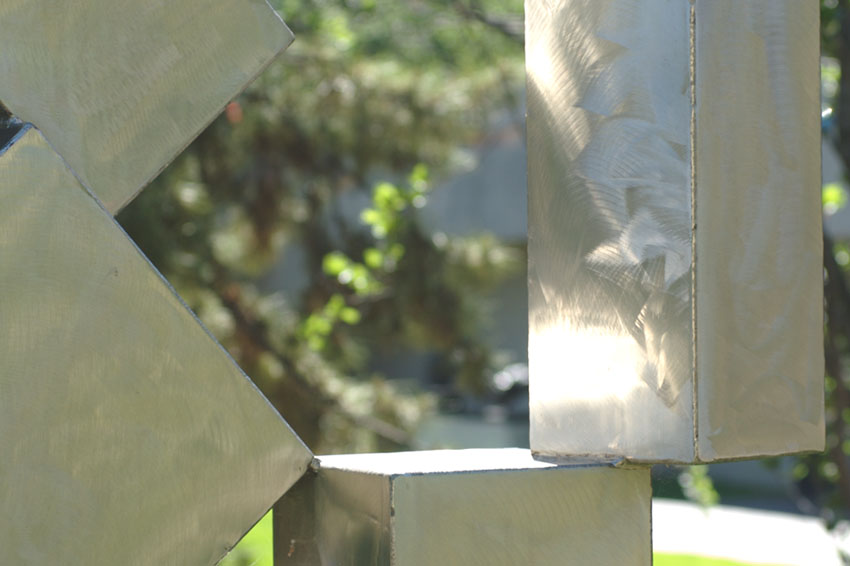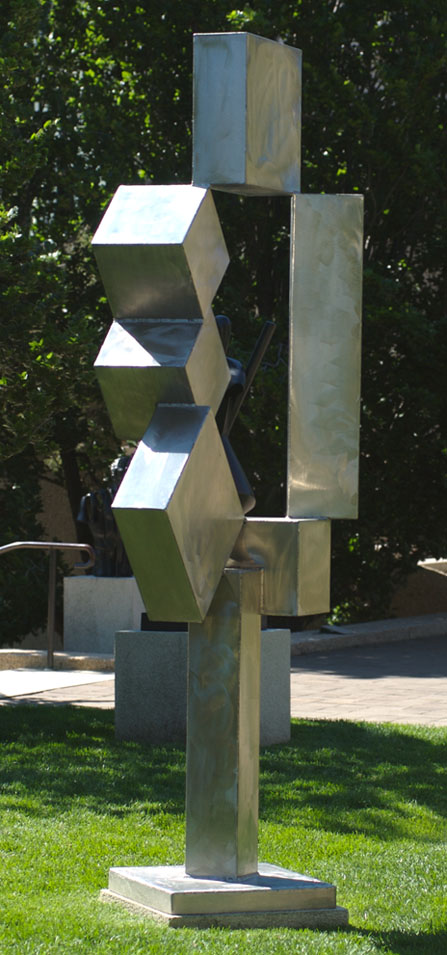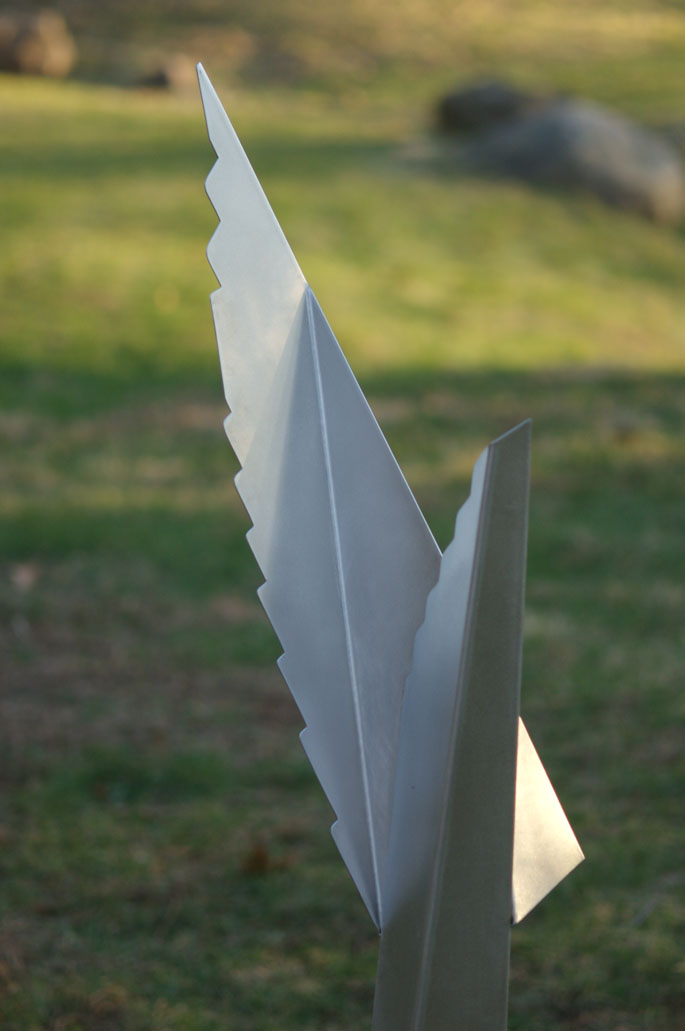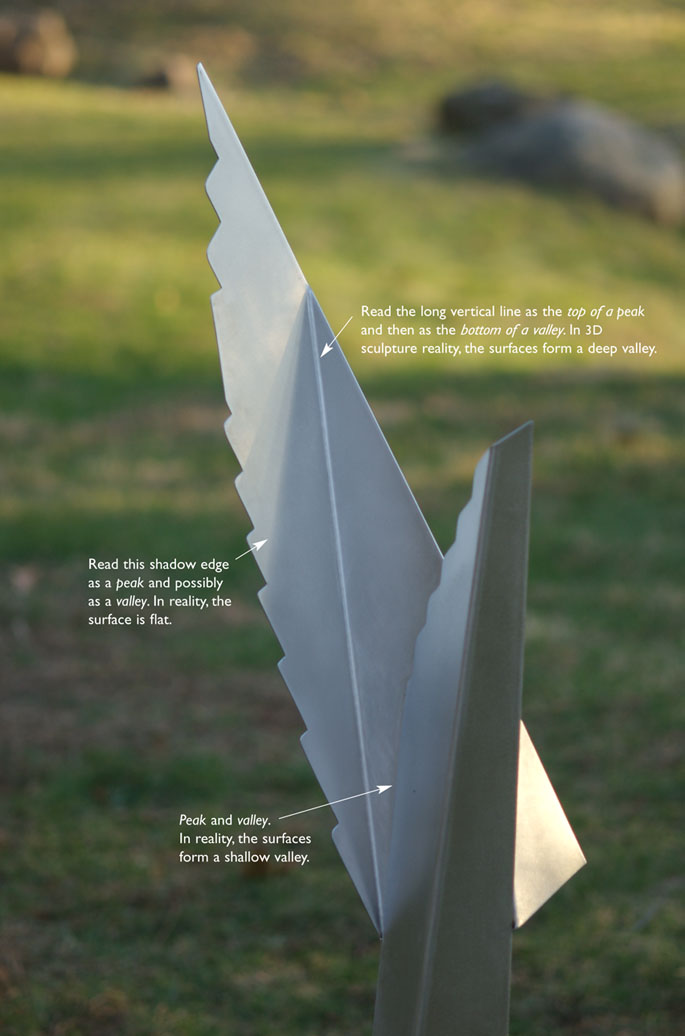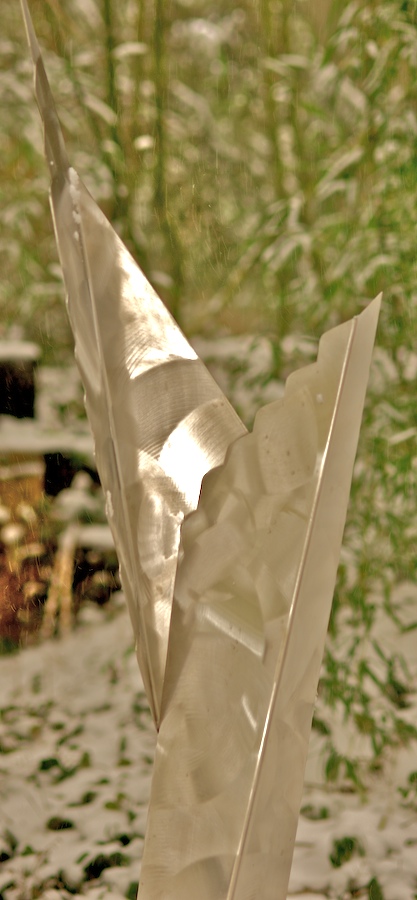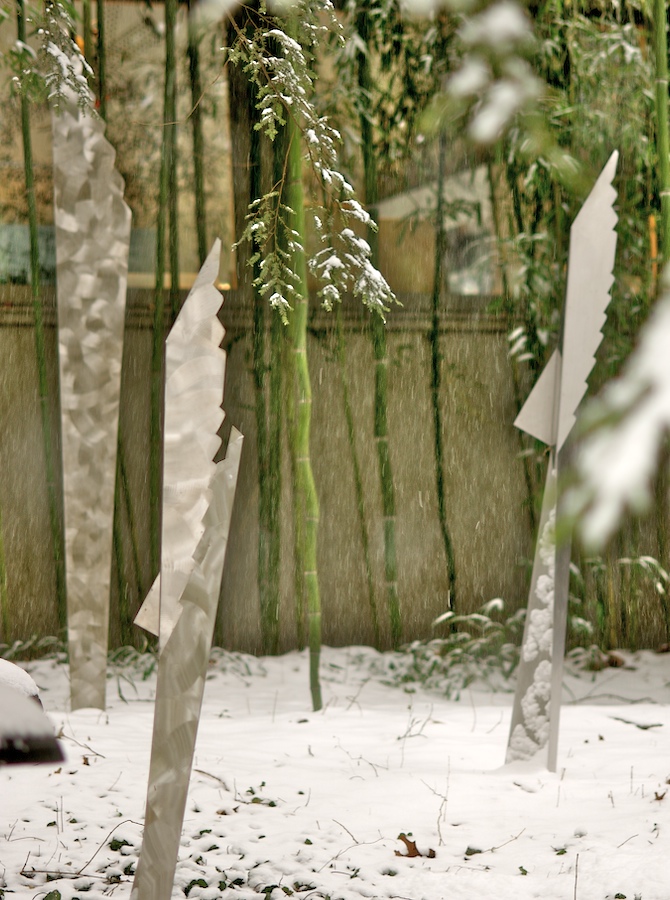|
All 5 books, Edward Tufte paperback $180
All 5 clothbound books, autographed by ET $280
Visual Display of Quantitative Information
Envisioning Information
Visual Explanations
Beautiful Evidence
Seeing With Fresh Eyes
catalog + shopping cart
|
Edward Tufte e-books Immediate download to any computer: Visual and Statistical Thinking $5
The Cognitive Style of Powerpoint $5
Seeing Around + Feynman Diagrams $5
Data Analysis for Politics and Policy $9
catalog + shopping cart
New ET Book
Seeing with Fresh Eyes:
catalog + shopping cart
Meaning, Space, Data, Truth |
Analyzing/Presenting Data/Information All 5 books + 4-hour ET online video course, keyed to the 5 books. |
From an interview with Sidney Pollack and Frank Gehry, Telegraph, 22 June 2007 here
Benjamin Secher: Did making Sketches of Frank Gehry teach you anything about architecture?SP: All I know is that Frank may have a harder job than me, but I have a worse job. Because, while he really has three dimensions to create three dimensions, as a filmmaker, I have only two dimensions to represent three dimensions, and so everything I do has to be a trick and a lie. I can't generate emotion without a lens and an f-stop, and the actors have to be wearing the right clothes, and the room has to have exactly the right coloured wall. But, when it works, it's magic.
FG: The hardest thing is translating the feelings from the original idea, through the thousands of people involved, to the final thing. Successfully holding on to the initial emotion - not letting it become sterile over the three-, four-, five-year process of getting a building made - is the key to the game.
BS: The quick preliminary sketches we see you make in the movie must help with that. There seems something old-fashioned about them. Do you ever feel you'll give up the pen, and design directly on computer instead?
FG: Never. I'm a dinosaur. When I look at a computerised image, all the emotion is lost. Although in the studio we've got all the most sophisticated software and all that crap, the longest I've spent on developing an idea on screen is 3.5 minutes. I can't stand it.
-- Edward Tufte
Seeing around: notebooks
This thread compiles materials about "Project 5," a book+movie on walking,/seeing/constructing,
on the comparisons between real-land
and
spaceland with the flatland representations shown on paper and computer scrrens.
-- Edward Tufte
Ideas from the Bouquet sculpture series
For the Seeing Around notebooks:
Bouquet sculpture series--and Walking, Seeing, Constructing
Here's a recent stainless steel piece, about 4 feet tall, that looks just fine from all sides and thus resides deeply in 3-space, not in flatland of paper and computer screen and also not in frontal-flatland of representative sculpture. The images below go around the piece, showing some of the scenes generated by the sculpture.
This was the first day that the piece was in sunlight and there was more to see in borrowed sunlight,
more intense light, more painted color fields than in the light of the welding shop.As usual, there's an enormous difference between the quality of the visual experience of the actual piece experienced quickly by the eye compared to photographs viewed even under careful slow study.
Often the limits of photography are in its modest range of light intensity compared to what the eye sees. For Bouquet for the year 2006, however, the photographic narrowing is in the range of subtle color distinctions. There are many goings-on in reality-color compared to photographic color, which, I suppose, we already knew. 90% of experiencing landscape sculpture is just showing up.
The piece works with the 3-D play of the planes and the air volumes created by that interplay along with the art-deco edges. The planes create an interplay of air volumes in the negative space and also serve as local (internal to the piece) projection planes for reflected light and shadows from nearby elements. Hard to see in photographs; however, maybe some of the air-volume information can become visible and active in movies.
-- Edward Tufte, December 21, 2006
In sculpture technique a subtle and difficult issue is how to catch and display the sometimes beautiful, different, active shadows and reflected light generated by landscape sculpture.
Projection planes external to the piece, such as the ground or nearby walls, can reveal sculpture-generated shadows and light. For example, a Calder mobile at the Hirshhorn Museum, lit from above, produces moving elliptical shadows on a white ground. A great virtue of this Calder piece is that it acts on the museum environment. I have projected shadows from a wiry geometric sculpture onto a big flat piece of rusting steel, which yielded beautiful deep dark shadow lines. But the big steel plate appeared incoherent, having little to do with the sculpture itself.
How then can a sculpture contain its own internal projection planes to show shadows, bounce light around, and reflect bounced light? A good internal sculptural plane should be coherent, integral to the piece itself, indeed the piece itself.
Pictures 3 and 5 show the activities of internal projection planes which are also full elements in the piece itself. (In picture 4, middle lower, that is a stainless steel edge, not a shadow.)
In sculpture work, reflections and shadows are often after the fact. In constructing a piece, I seek to understand the volume and edge relationships among the elements, the intersection and joinery of elements, the overall narrative and visual coherence of the piece, the activation of negative space in the air around the piece, interactions with possible contexts, and, because of the necessities of gravity and the strength of materials, mechanical-structural issues. But shadows, reflected light, and reflected light painted on another element all come for free when the piece is outdoors and the sun is shining. In designing a sculpture, it is hard to reason systematically about something that has so many faces, moving around as the sun moves through the sky and as the observer shifts position relative to the sculpture. But, if the piece is any good, then the shadows, light-bouncing, and light-painting will take care of themselves.
-- Edward Tufte, December 22, 2006
Here are shadows, reflected light, and light bouncing around in David Smith's Cubi XII (1963) at the Hirshhorn Sculpture Garden in Washington, DC.
Two details are shown, then the entire piece.
Students of sculptural pedestals will note the newly added concrete base to Smith's piece; for the previous, better base, see my photograph in Beautiful Evidence, p. 195.
-- Edward Tufte, December 26, 2006
Below, in Bouquet, some good edge-play in the light cast onto the element at left. Note the Necker Illusion in the vertical fold, which reads as both folded-in and folded-out in relation to the viewer.
Multiple edges cast light to the left of the vertical; those edges themselves appear folded, this way and that way, depending up the reading convention applied by the viewer to the image.
-- Edward Tufte, December 26, 2006
Immediately above is a little experiment in mapping images with detailed text. The idea is to pair an image without annotation followed by the same image annotated. Let the viewer explore, then point the viewer to particular elements in the image.
Could a book be written in this format? Words that discuss the overall image would be in the usual format of text--sentences and paragraphs--but words that discuss local detail would be placed right on the image itself. This would finesse the problem of finding the detail and would illustrate directly what a close look at the image can reveal.
Perhaps the sequence of the unannotated image preceding the annotated image accommodates both unguided exploration followed by guided analysis. This is similar to the usual teaching technique: show something and ask "what do you see," then encourage a closer look ("use the little gray cells" as Agatha Chritie's Hercule Peroit probably said), finally followed by showing what a close (annotated) look can in fact reveal.
-- Edward Tufte, December 28, 2006
We're going to make another Bouquet for the year 2006--identical in all respects except the surface grinding will be done with a single-action grinder (David Smith style, see examples above in his Cubi XII) instead of our usual double-action grinder (which yields our standard soft neutral-variation surface).Bouquet for 2007?Then perhaps a change in scale, or in thickness of metal, or a test of some powder-coat color (maybe not the color, since it masks the wonderful light play of stainless steel). Or straight edges rather than the current Art Deco edge fluting. Or perforated metal, as in the Birds series. Bouquet in fact derives from a Bird fragment.
And so on, perhaps a tour through a multivariate space of various sculptural decisions or a tour through various 3D visual effects. In this new year resolution list, I imagine a sculpture walk down a curving trail through a series of experiments (have to take into account sunny v. cloudy days, however).
This may require a visit to my old textbooks on multifactorial research designs, in still another new year resolution.
-- Edward Tufte, December 28, 2006
-- Edward Tufte, March 23, 2007
-- Edward Tufte
Response to Seeing around: notebooks for Project 5
From Richard Feynman, The Pleasure of Finding Things Out (New York, 1999), originally from a 1981 BBC interview:
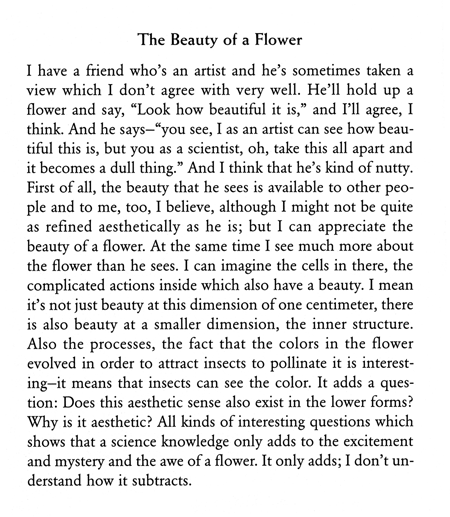 |
There is a good point about seeing deeply and intensely here, despite Feynman's somewhat rough tone.
Charles Eames suggested in understanding an object that we should look at it at its natural scale and one order of magnitude smaller and one order of magnitude larger. An excellent idea.
-- Edward Tufte


